Why ditch the spiral worksheets?
Worksheets are boring.
Spiral worksheets don’t match our pacing guide.
The worksheets can be a time sucker.
How should I spiral then?
Build spiral review into your centers and small group time.
During math centers, my students have a rotation that is completely based on review. Since they are doing review activities, they are able to complete them more independently. When they are struggling, we can work on the activity together during our small groups. During reading centers, my students have a rotation that includes spiral review through reading response.
During reading small groups we have discussions about main idea or character traits weeks after we learned and were assessed on the skill. In math groups, we will use white boards to solve problems from math lessons taught last month. (They don’t remember that they already solved the same problem, so I just grab the problems from past homework sheets.)
Give students engaging review activities rather than worksheets.
I use my math center sets as my students’ math spiral review. They are engaging and fun. My students like to do them. To make it a review, I give them a skill that we have already covered whole group. For example, they won’t do the multiplication set until we have finished the multiplication unit from our curriculum.
Keep task cards handy.
I love to use task cards in my classroom. We do at least one task card scoot every week. It is part of our grammar routine. The kids love getting out of their desks and moving around the classroom as they answer the questions on the cards.
Task cards can be used for super quick spiral review too! It really helps me to get more bang for my buck after prepping these task card sets.
I keep a few sets of task cards that we have already done whole group (or didn’t have time to do whole group) on my table or counter. If we happen to have a couple extra minutes before recess or specials, I grab a few of the cards. I will read the question aloud and call on a student. If they answer it correctly, they get to get in line first. We continue until our time is up and the rest of the class joins to line to leave for specials.
This is super simple!
Look for natural times to review during lessons.
For example, when I am teaching students about adjectives, I also have them point out the nouns and verbs. Later, during guided reading groups, I can point to one sentence in our book or passage and ask them to find the adjectives.
Use price of admission when students are entering the classroom.
I love this quick and simple activity! It is similar to an exit ticket, but no copying is needed and it happens as kiddos are entering the room.
I print THIS sign, laminate it and staple it to the wall next to my classroom door.
I use a dry erase marker to write a question each day. It is best when the question is a yes/no question. It is even better when there is more than one correct answer.
Give me an example of an adverb.
Give a x12 fact.
What is one ingredient needed for photosynthesis?
What was one cause of the Civil War?
What is one way to make a noun plural?
My questions come from prior lessons and let me see what students remember and what they need to review.
My only rule is that you can’t give the same answer as the person in front of you in line. If it is a question with just one right answer, have students whisper the answer in your ear.
If a student doesn’t know the answer, I have them go to the back of the line and I tell them to listen real carefully! They usually have a correct answer by the time they get to me again. If lots of students get the answer wrong at first, I know we need to review during small groups!
You can also use this activity to get to know your students better. Once a week of so, ask a personal question.
What did you have for breakfast?
What do you like to do after school?
What is your favorite TV show?
I just love learning little details about my students. It helps me to really connect with them in the classroom.

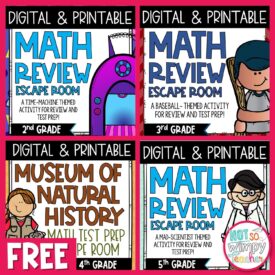
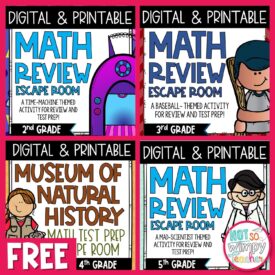

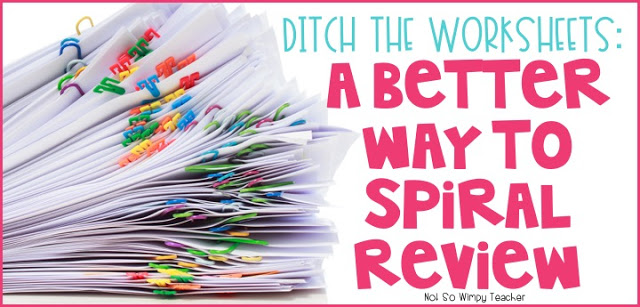
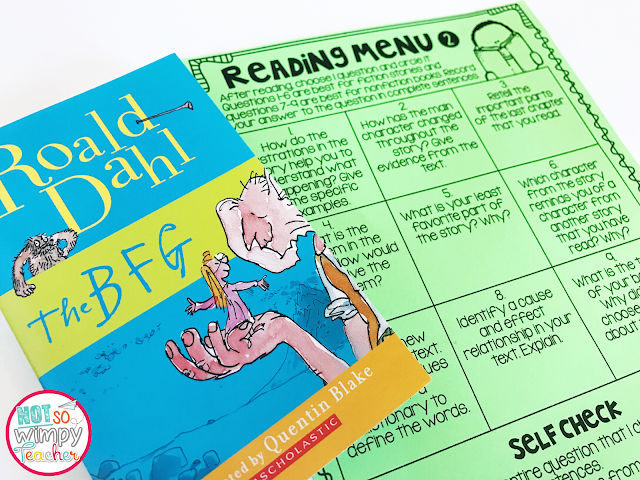
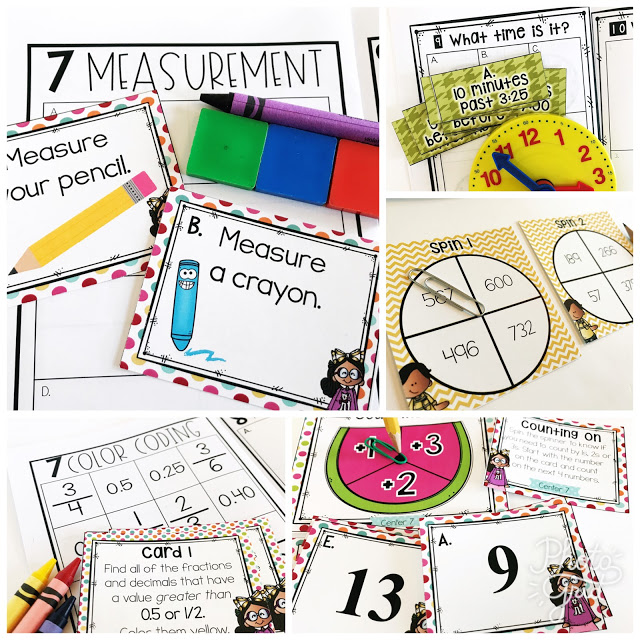
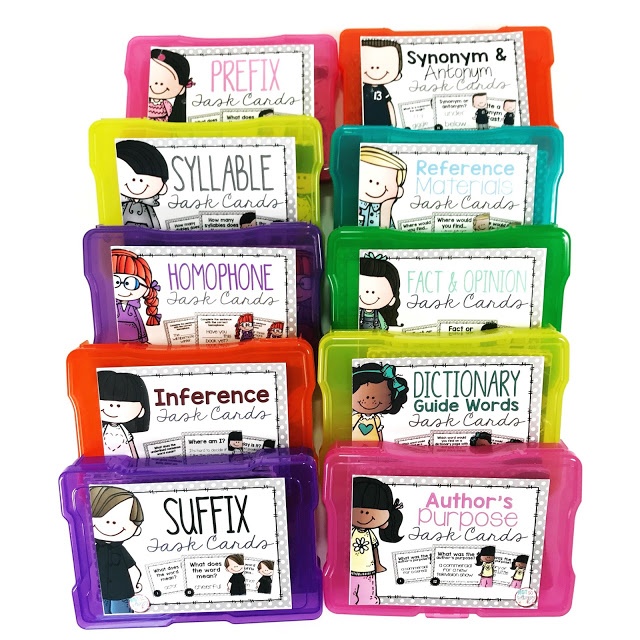

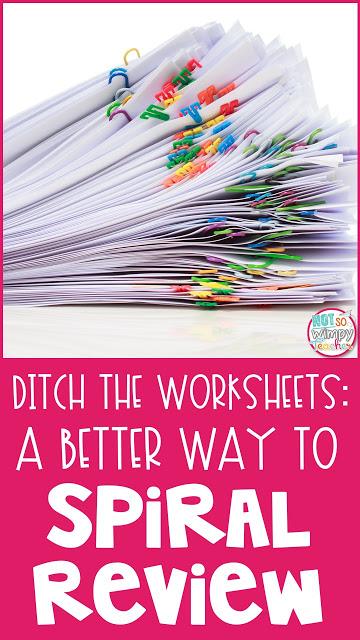



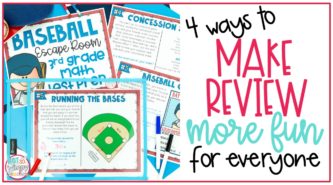
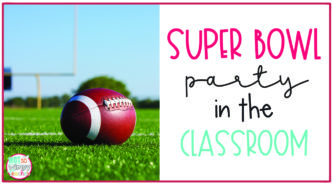











 End of Year Carnival Week for grades 2-5!
End of Year Carnival Week for grades 2-5!
Leave a Comment